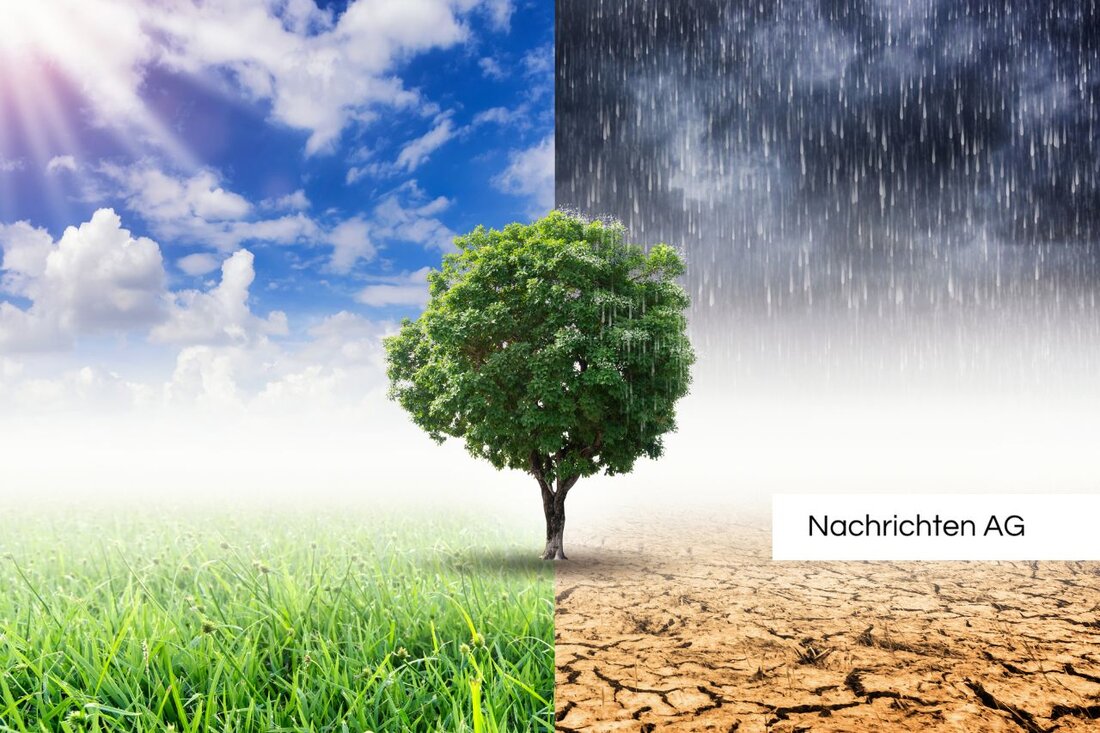Heat stress endangers Brandenburg's city trees-an appeal to the citizens!

Heat stress endangers Brandenburg's city trees-an appeal to the citizens!
In Brandenburg an der Havel, many of the approximately 50,000 city trees are under considerable heat stress. An exceptionally dry spring made the trees more susceptible to diseases, which is not without consequences. More and more of these green life donors are dying. Mayor Michael Müller informs the citizens about the current situation and explains that the city actively counteracts by increasing young trees, especially in the city center. Climate -resistant tree species are used in these new plantings. Particularly positive experiences have been made with newly planted flower cocks on the marketplace that develop splendidly.
In order to combat the acute lack of water, the city appeals to its citizens to water the trees and pay attention to not parking too close to the tribes of their cars. Young trees are regularly supplied by the green space office with around 200 liters of water per month. In addition, the citizens are encouraged to actively maintain their surroundings and to water the trees in front of their houses. Because the root system can significantly damage too close parking.
storm and weather damage in focus
After an unexpected storm, the city has urgently taken measures to ensure the safety of the trees. It is checked which trees fell, trimmed or supported. Some specimens have fallen or broken off branches, but fortunately there were no injuries. Specific figures on the damage caused by the storm are not yet available.
The climate crisis not only presents Brandenburg on the Havel with challenges. All over Germany, too, you fight with the changes that bring heat and drought. Numerous tree species are on their adaptation limits, and more frequent extreme weather events such as storms and heavy rain increase the uncertainties in the forest. Therefore, the choice of suitable tree species is crucial. Projects such as that of the Waldkulturerbe warn that the preservation and conversion of the forests are becoming more demanding, since climatic conditions are constantly changing.
trees and their future in climate change
The optimal choice of tree species not only affects the stability of the forests, but also on important ecological functions. A selection-based selection is necessary to ensure the preservation of ecosystem services such as CO2 binding, water storage and biodiversity. The Research Institute for Forest and Holz has found that the area of the beech could decrease by increasing temperatures and reduced precipitation by 2070. In order to meet future challenges, Mediterranean flat oak forests could have the greatest adaptation.
Specifically, a project predicts that up to 75 % of the area could be used for certain climatically adapted tree species. Both domestic and non -European tree species are considered. Among the 101 tree species that are considered important for Germany are 37 native and 39 come from outside of Europe. This diversity harbors opportunities, but also risks, since nine domestic types of area losses could be affected.
The challenges of climate change make it all the more important to actively counteract and protect the biological diversity. This affects not only cities like Brandenburg an der Havel, but our future in terms of dealing with our forests and trees. A good knack for choice of tree species can be crucial for the recovery of our cities and landscapes.
| Details | |
|---|---|
| Ort | Brandenburg an der Havel, Deutschland |
| Quellen | |
